2023, Lloydminster, Alberta, Canada
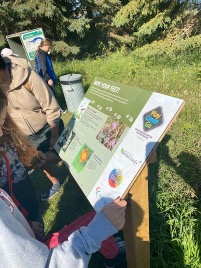
Cassy and Emmett were concerned about the presence of invasive plants in their watershed, so they came up with the idea of boot brush stations. Since invasive plant species can get onto the shoe’s of hikers, a boot brush can stop the spread into different areas. A benefit from these stations is that native plants will continue to thrive in the environment, and parks will have more management against invasives.
Their project targeted the Sustainable Development Goals #6 Clean Water and Sanitation (6.6), #14 Life Below Water (14.1, 14.2), and #15 Life Above Water (15.1, 15.5, 15.8).
They started with building stations to install into parks around their county and city with the help of their class. A sign is attached to each station with information on invasives and why it is important to use these stations before going onto a trail. Cassy and Emmett were able to work with their local municipalities to get permission to put their stations in 4 parks. They even donated a few to their local watershed group.
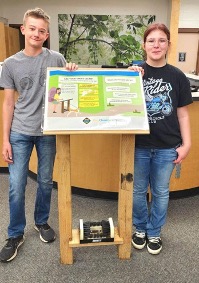

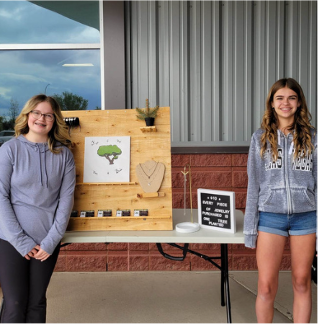
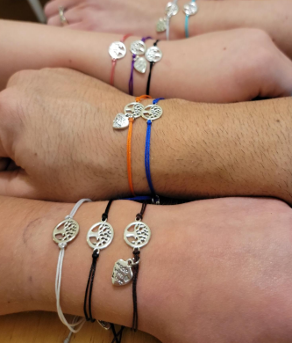
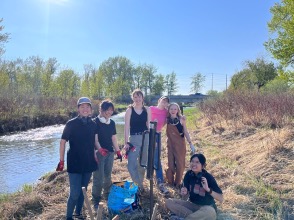
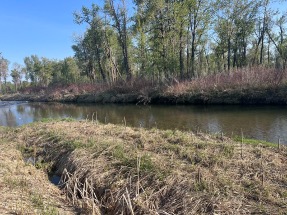
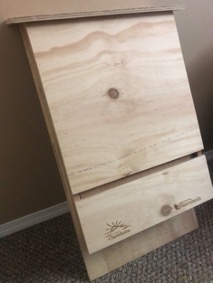

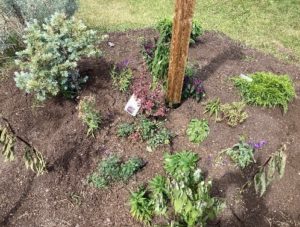
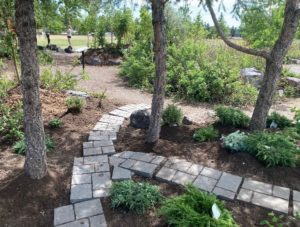

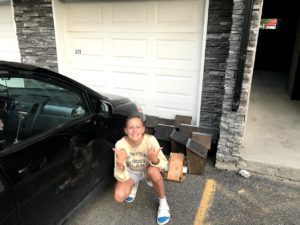
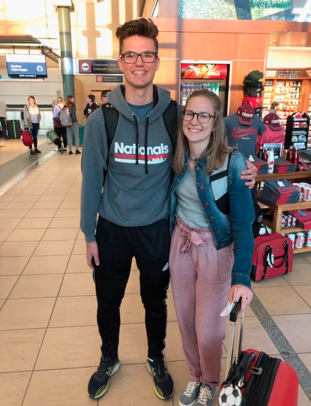
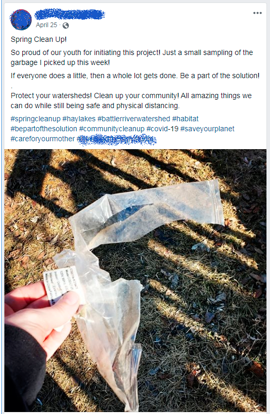
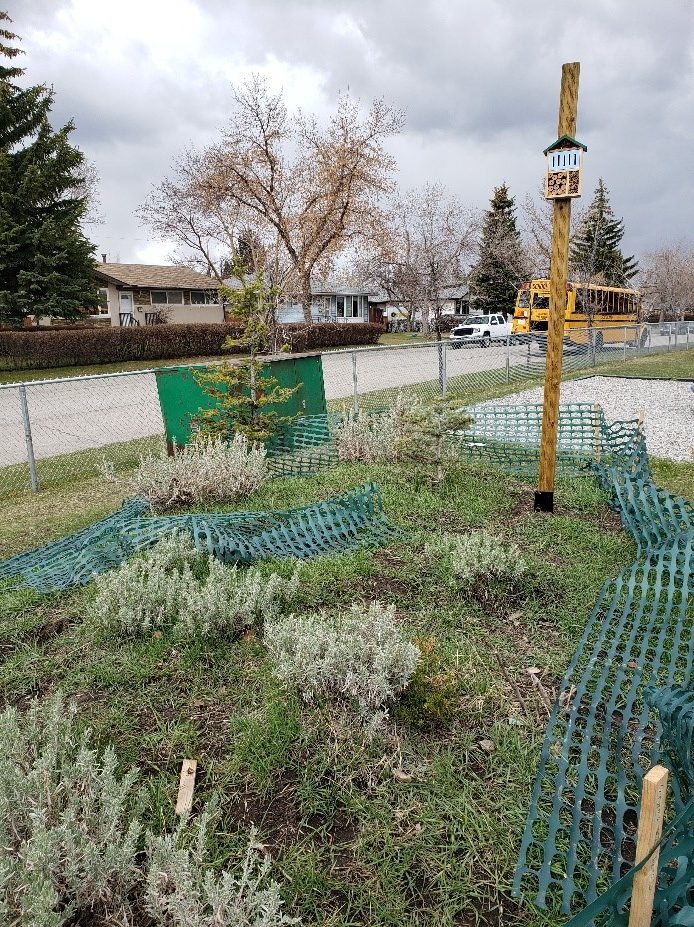
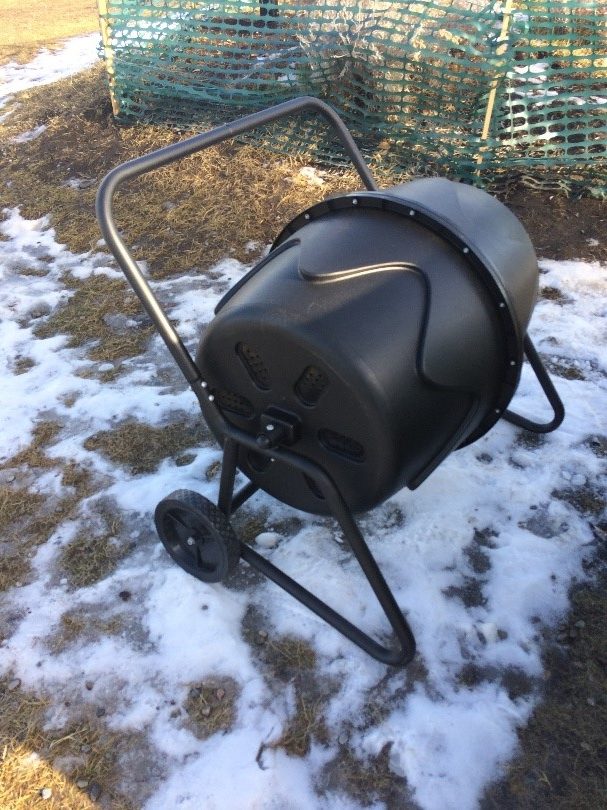 waste, provide nutrients for the soil in their gardens, and educate students and members of his community on the positive role composting plays in the environment and in our watershed. Cole also aimed to improve the mental health of students and teachers in his school by encouraging not only the use of their composter, but also the use of their outdoor classroom and garden space.
waste, provide nutrients for the soil in their gardens, and educate students and members of his community on the positive role composting plays in the environment and in our watershed. Cole also aimed to improve the mental health of students and teachers in his school by encouraging not only the use of their composter, but also the use of their outdoor classroom and garden space.